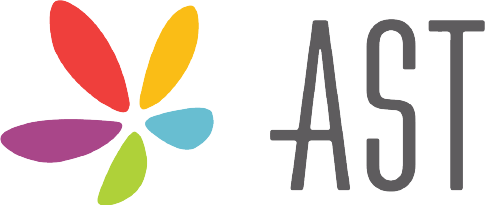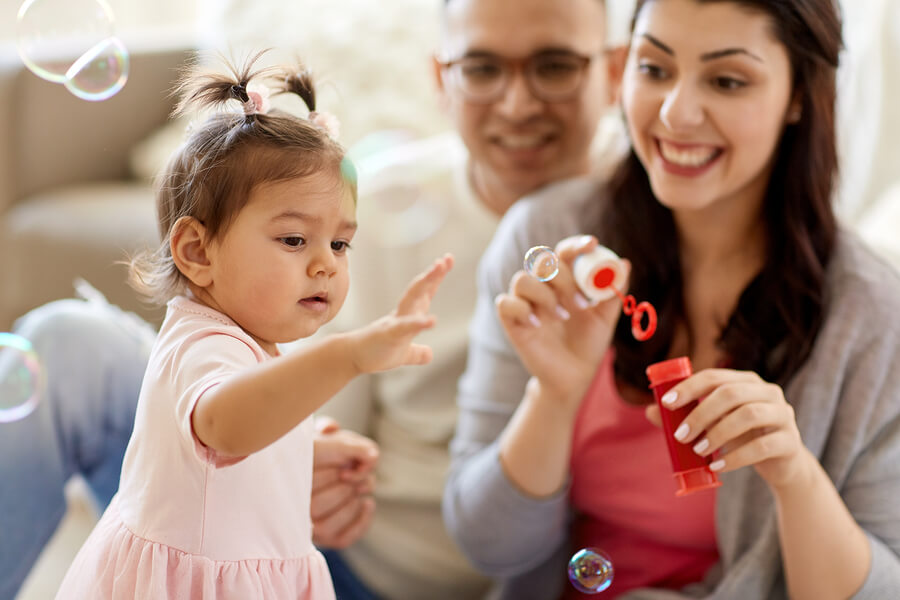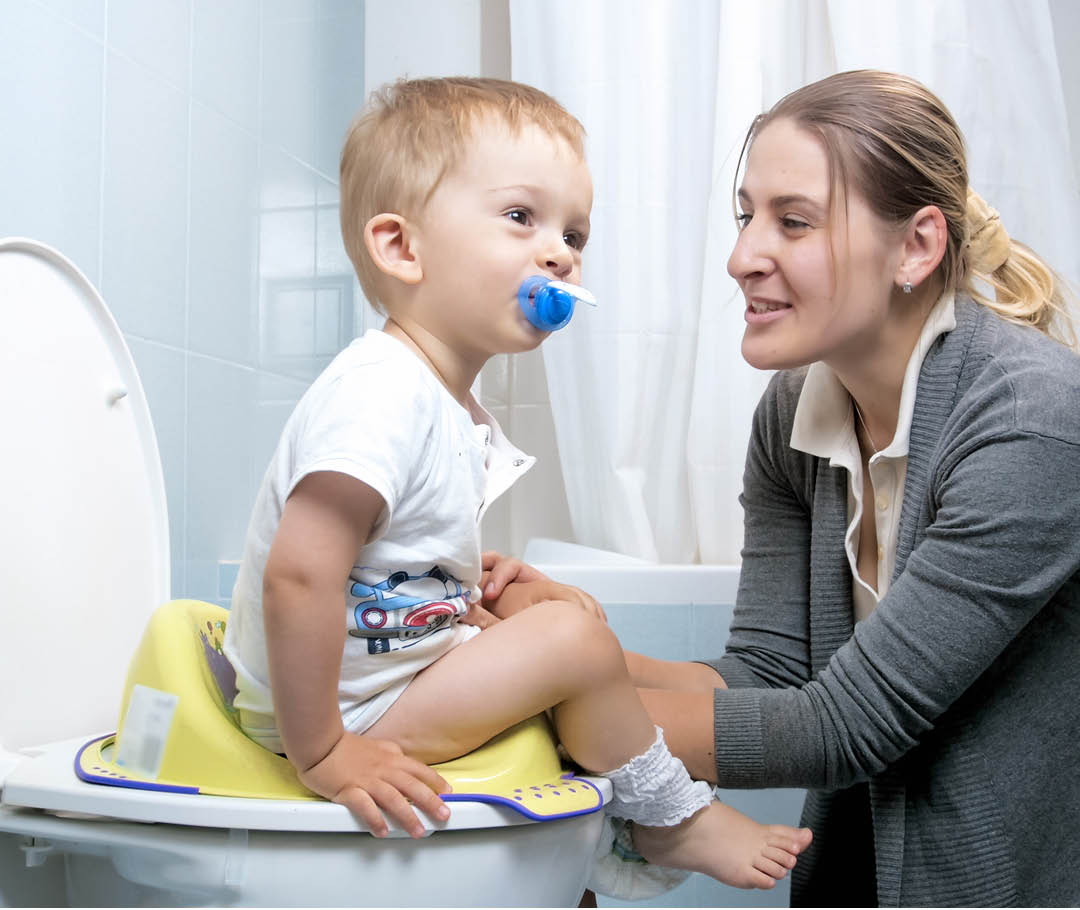December 15, 2025
How Long Will My Child Be in ABA?
FEATURED POSTS
November 25, 2025
There is no simple answer to this question. Many factors impact the decision regarding the duration of an ABA (Applied Behavior Analysis) program for a child/adolescent with autism.
Whether services are provided in a home, clinic, or school-based setting there should be a detailed plan in place to guide the family through the intervention process and resources available for when services end. The following information is provided to help parents develop appropriate expectations regarding the duration of an ABA program for a child with autism.
Although there is no cure for autism, there is an abundance of research indicating that intervention programs based on the principles of ABA can have an incredible impact on a child. The ultimate goal of any intervention program is to increase adaptive behaviors and to decrease challenging behaviors to the point the individual with autism is able to function independently in daily life. The length of time a child participates in an ABA program will depend on the type of program implemented, the child’s progress toward identified goals, and the family’s ability to use the principles of ABA in everyday life.
The Program
Intervention programs may be implemented in a variety of settings. Home-based services are often delivered as part of a comprehensive or focused program. Your BCBA (Board Certified Behavior Analyst) may make use of The Behavior Analyst Certification Board (BACB®) Practice Guidelines for Healthcare Funders and Managers to inform decisions about intervention models appropriate for your family. The guidelines state that comprehensive programs address skill deficits and behavioral excesses across many domains and focused programs target a “limited number of key functional skills”. Focused programs often occur over a shorter period of time relative to comprehensive programs.
Progress
Children vary in the time it takes to acquire new skills. Further, complex skill acquisition targets such as maintaining a conversation will often require more time to demonstrate mastery than a target such as color identification. Clinicians should closely monitor a child’s progress toward a goal to ensure learning is occurring. Clinicians should closely monitor a child’s progress toward a goal to ensure learning is occurring If the child demonstrates difficulty acquiring a targeted skill, the clinician must make adjustments to the program in order to meet the needs of the child.
There are a number of ways to monitor a child’s progress. Line graphs provide important and detailed information about a child’s learning. Criterion-referenced assessments such as The Verbal Behavior Milestones Assessment and Placement Program (VB-MAPP) and norm-referenced measures such as the Vineland Adaptive Behavior Scales, Third Edition also provide valuable information. Once the child meets the mastery criteria of all goals identified in the treatment plan, the clinician may recommend a decrease in the number of one-to-one service hours.
Parents and Caregivers
An effective ABA program includes parents and caregivers implementing applied behavior analytic strategies during everyday life. The generalization of skills occurs when the child is able to demonstrate newly developed skills in a variety of environments with different people. Generalization is critical to an effective ABA program. If parents are able to teach their child new skills and generalize those skills to new settings, they are equipped with tools to address future challenges once the ABA program ends.
Putting It All Together
The long-term outcome for every family with a child with autism is different. Some individuals with autism remain at home with family members well into their adult years. Some individuals with autism live independently and pursue a career. Some individuals with autism live with some assistance provided by vocational trainers, social workers, and/or financial planners.
Many families begin their journey with autism by having their child participate in a one-to-one ABA program. One-to-one services are ended when program goals are met and parents are equipped with strategies to support their child’s learning and generalization of skills. However, parents often make use of consultation with a BCBA to assist with problem-solving specific behavioral issues. In reality, ABA is not something that has an end date. The skills that parents develop from the hard work of implementing an ABA program evolve and are used for a lifetime. Just as parents make use of strategies to promote good physical health (e.g., healthy eating and exercise), they also make use of effective teaching and problem solving learned from their ABA program.













